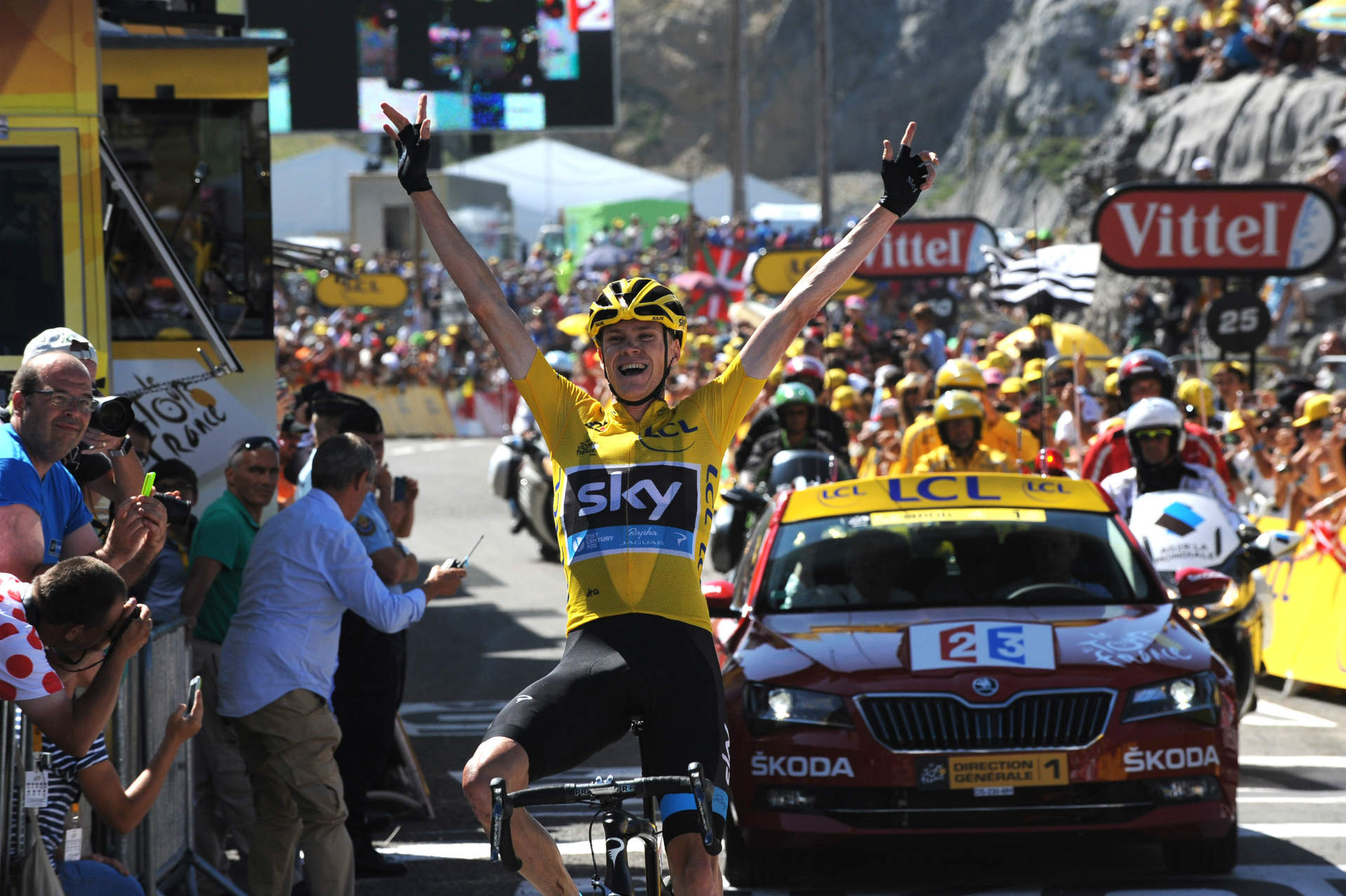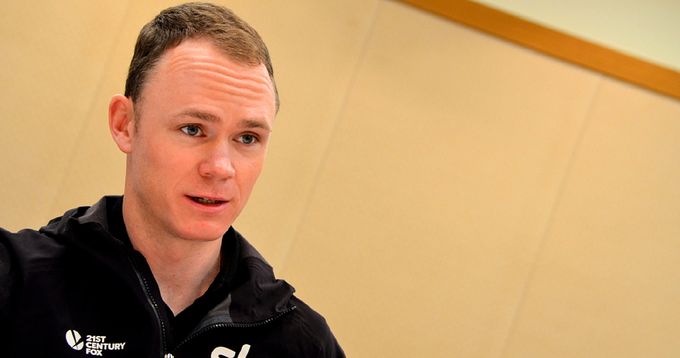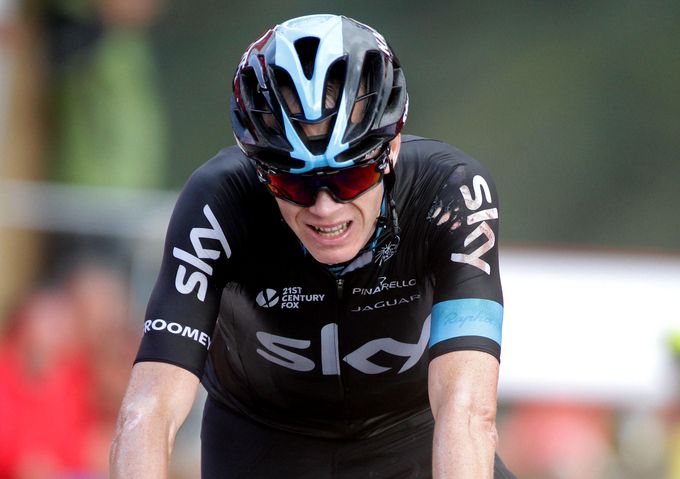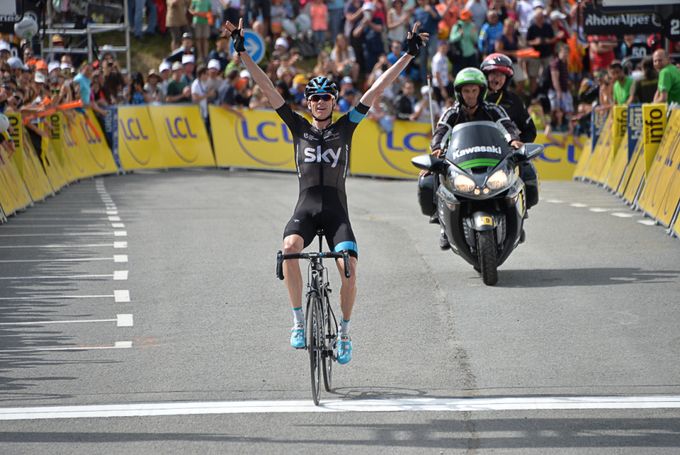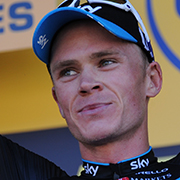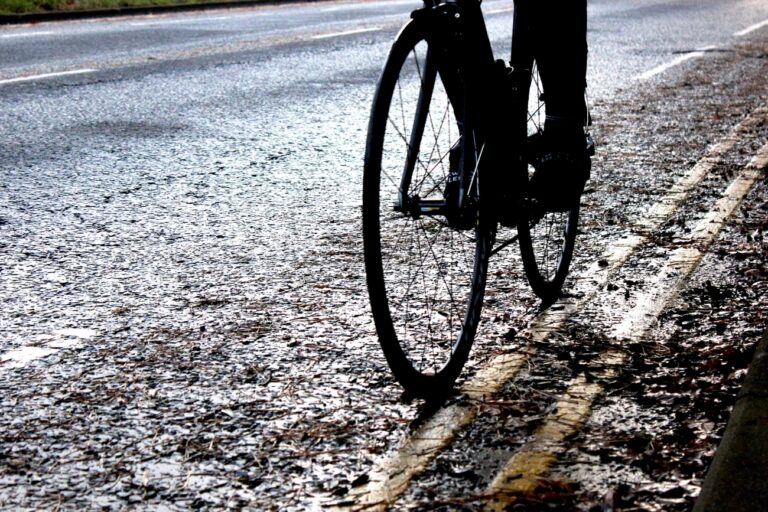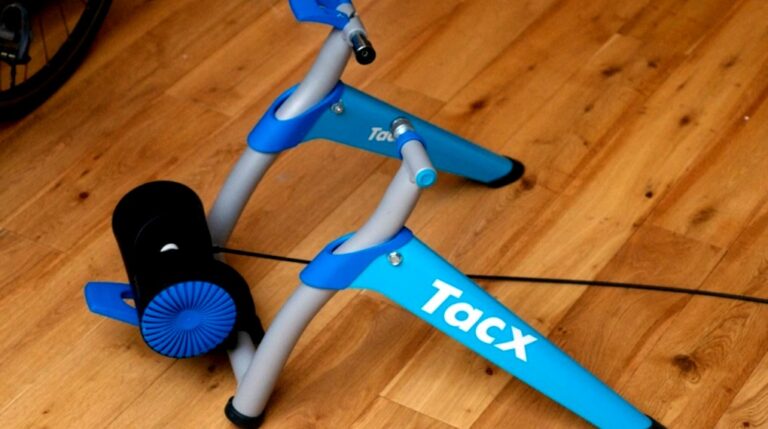The much-anticipated data from Chris Froome’s physiological tests has been released – a move which Froome hopes will silence his critics, who have raised questions over the legitimacy of his performances, and one which will undoubtedly come under scrutiny from all corners of the sport.
Froome’s data has been released in an initial article on the Esquire website, with a full piece to follow in January’s edition of the magazine, as well as a report from the GSK Human Performance Lab, where the tests were conducted on Monday August 17.
Froome completed three tests. Two submaximal tests provide an insight into how well Froome is able to sustain power, with one taking place in cool conditions and one in hot conditions, with a VO2 Max test in between to determine the maximum rate at which Froome is able to take in oxygen. Froome also revealed some of his blood data.
The data from Froome’s test in August 2015 sits alongside data from tests performed in 2007 at the UCI’s World Cycling Centre in Switzerland. This, Froome hopes, will provide justification for his rise from a 22-year-old first year pro to a two-time Tour de France winner.
Here Stephen Gallagher, a former professional cyclist and director of Dig Deep Coaching, takes a closer look at the physiology data and what it means.

